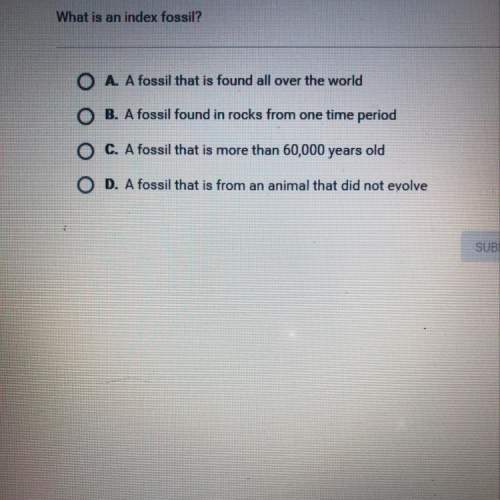
1.What caused skin color to change in humans over the last 100,000 years?
2.Do individuals within a race have more genetic similarities compared to people of other races?
3.Does race have a genetic basis?
4.Where does the idea of race come from?
5.Are humans different from each other because of race? Why or why not?

Answers: 1


Other questions on the subject: Biology

Biology, 21.06.2019 16:00, foxesforlife45
Larry goes to the doctor complaining that he can't see the right side of the visual field with either eye. where in the visual signal-processing pathway is larry's problem occurring?
Answers: 1

Biology, 22.06.2019 00:30, loveagirl111puppy
On a recent expedition to a remote region of northern canada, scientists uncovered skeletal remains from about 100,000 years ago. surprisingly, all the skeletal remains, which included many species from differing biological families and spanned about two thousand years, showed evidence of experiencing temperatures in excess of 1000 degrees fahrenheit (or 538 degrees celsius). which of the following, if true, best explains the apparent paradox between the cold environment and the evidence of the bones experiencing hot temperatures? (a) chemical changes that naturally occur during the process of decay in only one north canadian species produce the same evidence of the species' skeletons being exposed to hot temperatures as the expedition scientists found. (b) a little over 103,000 years ago, a large fire is known to have occurred in northern canada. (c) strong evidence exists that as early as 70,000 years ago, homo sapiens around the world relied heavily on fire to cook animals. (d) in the same expedition and in roughly the same layer of excavation, scientists found rudimentary wood cutting and hunting tools used by early humans.
Answers: 3


Biology, 22.06.2019 12:40, seby951
Which of the following best describes the expensive tissue hypothesis? brains require more energy, so the gut had to be reduced, and larger brains and tool use led to higher quality diets. increasing body size means that homo neanderthalensis had to include more fat in its diet. brains require more energy, so the gut had to be reduced as brains got bigger. brains require more fat, so the gastrointestinal viscera (gut) had to expand, and hands were needed to acquire more food.
Answers: 1
You know the right answer?
1.What caused skin color to change in humans over the last 100,000 years?
2.Do individuals within a...
Questions in other subjects:



History, 15.12.2021 21:40

Physics, 15.12.2021 21:40

Mathematics, 15.12.2021 21:40

Mathematics, 15.12.2021 21:40


English, 15.12.2021 21:40

English, 15.12.2021 21:40

Business, 15.12.2021 21:40




